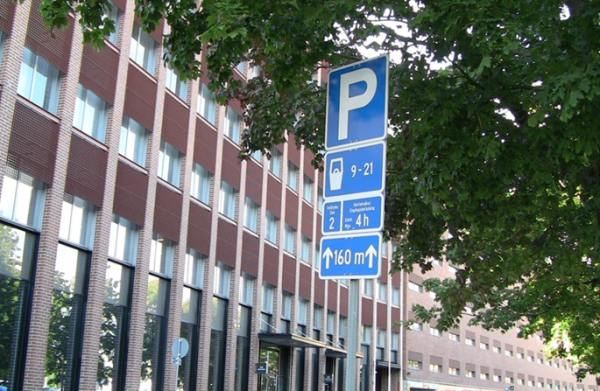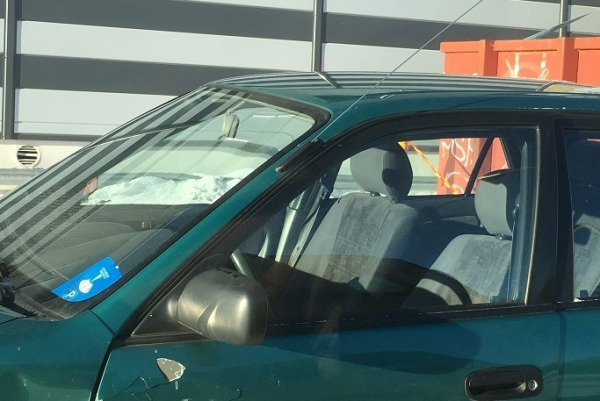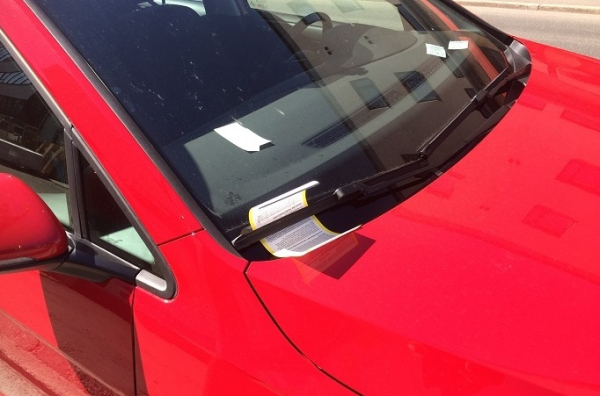
Free car parking spaces in Helsinki have reduced significantly in recent years, which caused both suffering and disappointment for city dwellers, especially people of limited-income groups.
Around 2,200 on-street parking spaces in Helsinki have been converted into paid parking over five years and a little more than 200 spaces are also expected to meet the same fate by this year, according to Juha Hietanen, a Traffic Engineer of the City of Helsinki.
"The Helsinki City Council in October 24, 2022 approved a parking policy that includes provisions to expand charging zones. Over time, parking control measures such as time restrictions and charging will be further expanded across Helsinki in phases to make a more “efficient use of street space,” Hietanen told the Daily Finland.
“Decisions on whether parking will be regulated by time limits or charges will be made on a case-by-case basis,” he noted.
The city plans to prepare a schedule and identify areas where on-street parking will soon be restricted. While there is no citywide timetable for parking restrictions, the city official indicated that such measures would not be implemented in the immediate future.
“The city does not exactly know how many free parking spaces there are in the entire city,” said Hietanen, noting that all street parking spaces outside the paid zones are free and some of the free spaces are time-limited, which is generally the case in all new areas.
He also added that in old neighbourhoods, free street parking with no time restrictions was typically common.

There are multiple reasons for limiting parking, either with fees or time restrictions on free parking. For instance, street space, especially in inner city areas, is valuable and must meet diverse needs, according to Juha Hietanen.
Parking restrictions improve the efficiency, comfort and safety of residents and other users of urban space.
“Limiting parking will increase the efficiency of parking space use and speed up citizens’ circulation,” he said.
“This way, the people who need parking will find a free spot more quickly,” he added.
Hietanen pointed out that in new residential areas, parking for residents and businesses was planned on plots of land.
“Streetside spaces are intended for shopping and visiting. Limiting parking ensures that this is achieved. Street maintenance, for example winter maintenance, is also easy if there is no long-term storage of cars on the streets,” said the Engineer.
“The city’s goal is to promote the use of sustainable modes of transport. Limiting parking will make it easier to achieve this goal as well as the emission reduction target,” he explained.
While paid parking generates additional revenue for the city, he noted that its contribution is relatively minor within the city’s overall revenue structure.
“A few years ago, it was easier to find parking spaces. But even then, the free ones were already well hidden and few,” said Sonja, a 24-year-old daily driver in Helsinki, commenting on how difficult it has become to find free parking spots in the city now.
Sonja’s complaints echo those of Alina, a 32-year-old driver and city resident, who said, “Free or not, parking is not easy to find.” The issue lies not only in the cost but also in the overall lack of available spaces.
A mother of toddlers, Alina said that her parking challenges were intensified by the responsibilities of parenting.

She explained that she avoided street parking when she went out with her children as it was harder to predict how long they would spend outdoors. This highly increases the risk of receiving a fine for exceeding the allowed free parking time.
“Instead of driving to work meetings or to the office, I take a taxi instead of my own car as it is cheaper than a day of parking,” she said, noting how parking policies have affected her frequency of car use.
“There are many relocation notices [siirtokehotus] near where I live in Helsinki,” Sonja said.
She added, “I would like to see more spaces available at a reasonable price. Paying around €5 an hour is outrageous.”
“I don't feel like we can even talk about city development. It’s going in the opposite direction,” Alina said.
“Many small shops rely on customers coming from a distance. By making it nearly impossible to reach the city centre by car, the only beneficiaries are the larger shopping centres outside the city, which are mostly chain stores rather than small, independent businesses.”
In response to a query about how the city ensures that reduced free parking does not disproportionately affect low-income residents and workers, Hietanen justified the parking policy measures by citing studies that showed that low-income residents tended to own fewer cars than higher-income residents.
The Engineer also said that when parking restrictions are extended, the city engages with local residents and businesses in the affected areas to get feedback and ensure coordination.
Hietanen highlighted that the city was investing in the development of connected parking. In Helsinki, connected parking for bicycles represents the primary focus of the efforts. He said that “the greatest investment in connected parking for cars is made in zones outside Helsinki, because the goal is to encourage commuters to switch to public transport as close as possible to the starting point of their journey while public transport connections function efficiently across almost the entire Helsinki area.”
“The city’s goal is for more Helsinki residents to choose public transport. The public transport network is being developed and efforts are made to curb ticket price increases,” he emphasized.
“The conditions and network for cycling have been developed systematically. This will continue in the future. New lanes will also be implemented in the future,” he said.
Source: www.dailyfinland.fi
